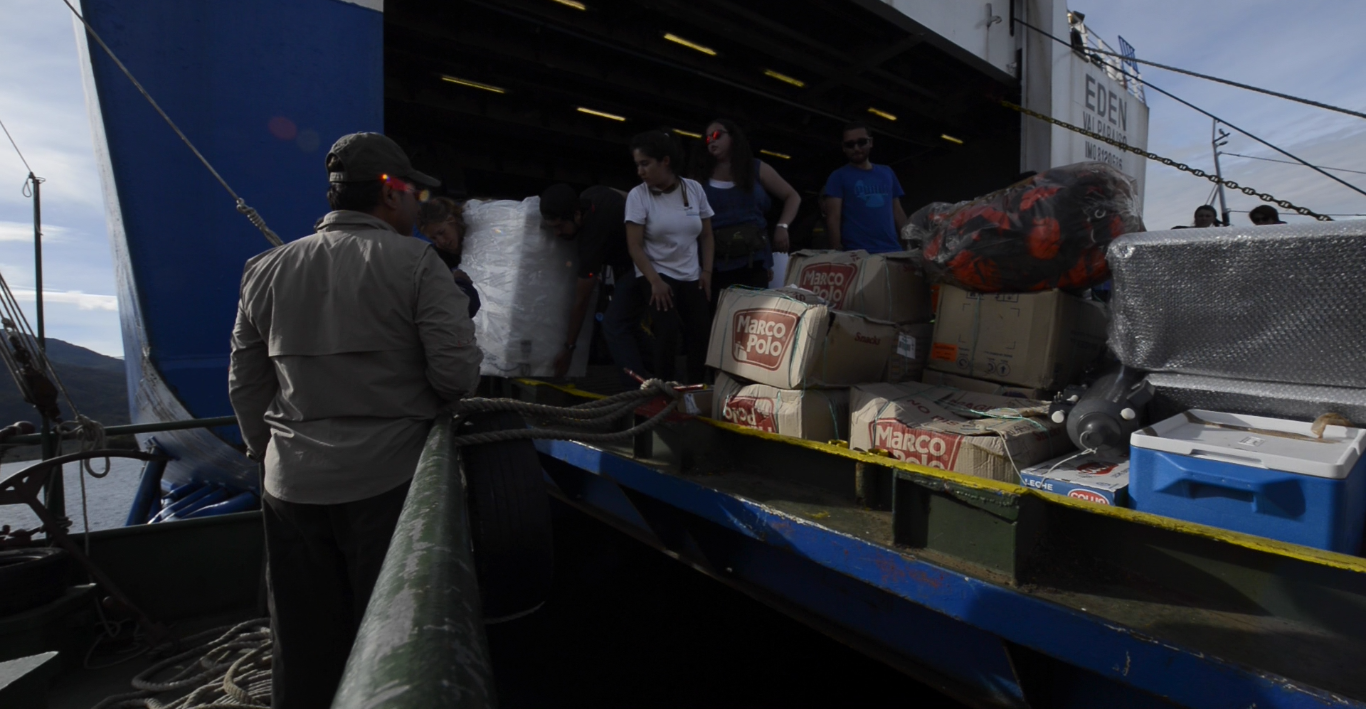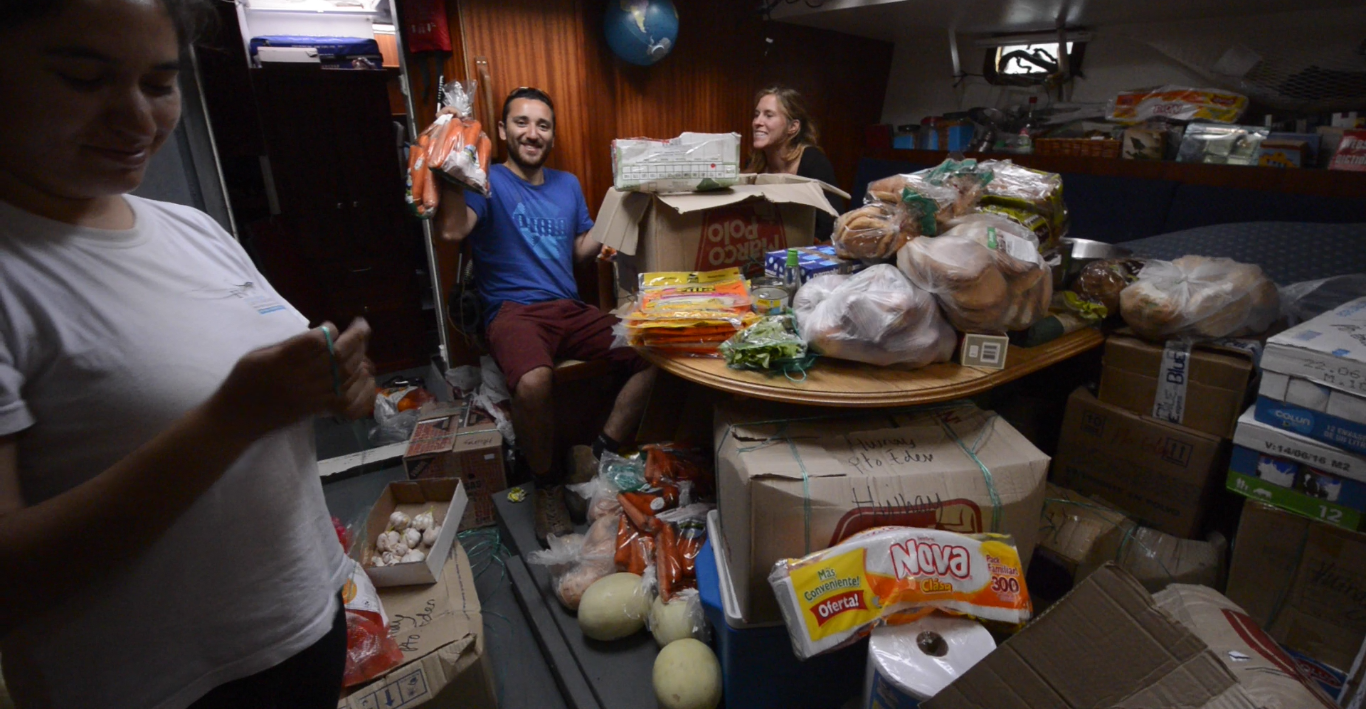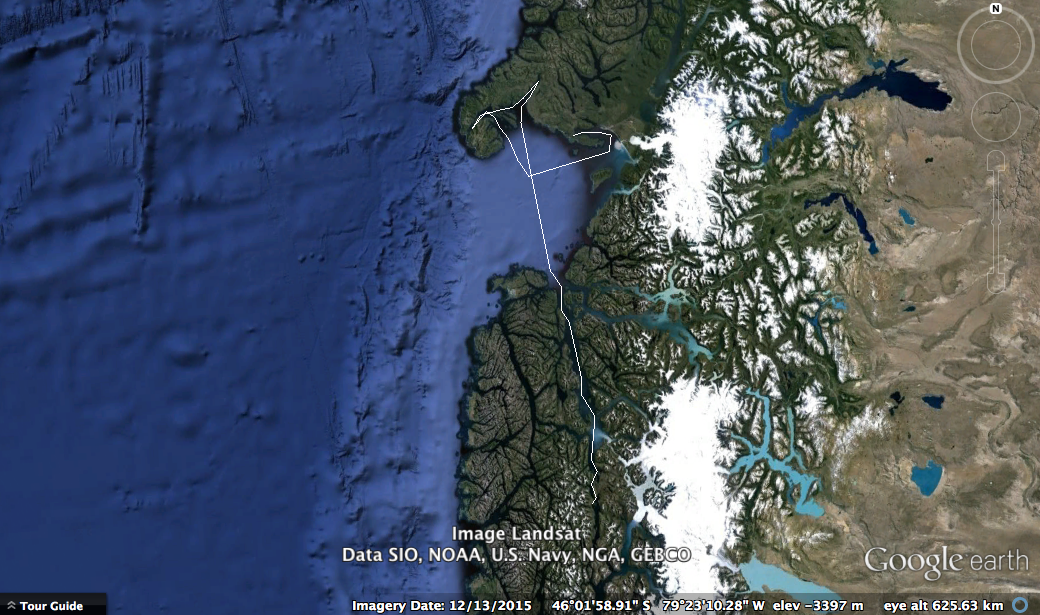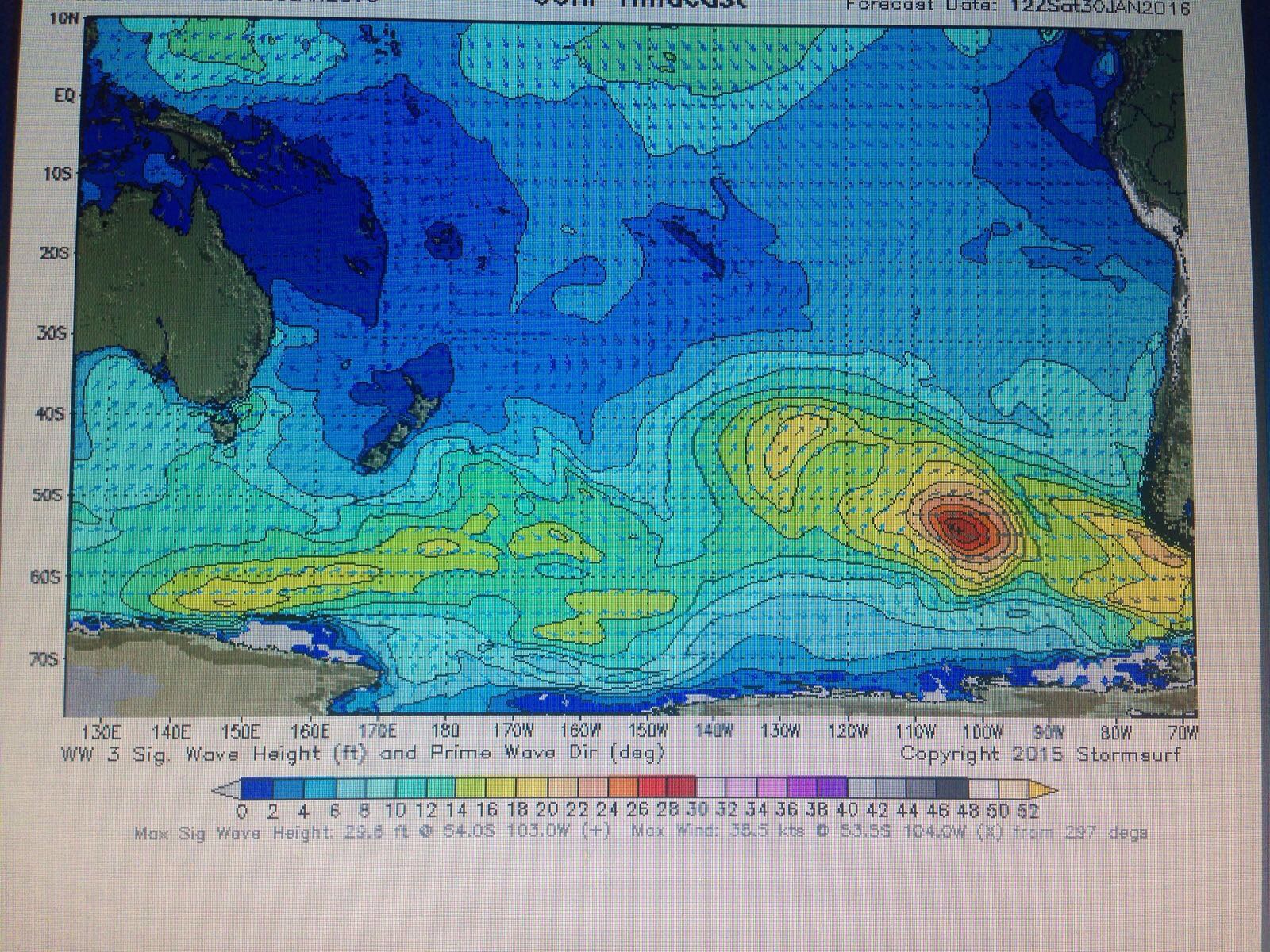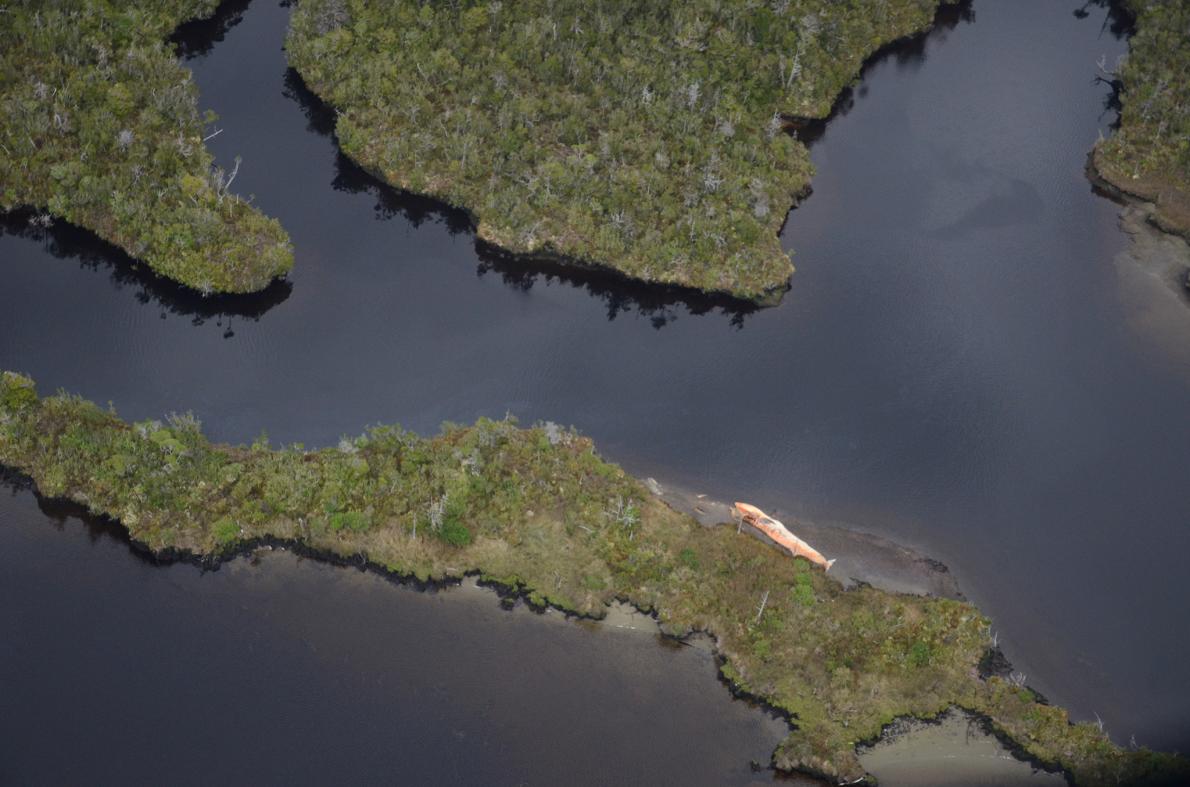
Somewhere south of Puerto Eden, against the usual backdrop of glaciers and their attendant rock faces and somber valleys, I am standing on the front deck of Saoirse swinging a strange contraption called a Niskin bottle into the fiord, pulling up samples of water from various depths. Normally my gaze would be raised to the glaciated peaks, mentally stringing together routes that I will probably never get to traverse, but today the focus is downward into the depths. Today’s, and indeed this years focus is science. The simple visceral joy of putting boots on rock is replaced by the long-term teasing out of the secrets of the Patagonian fiords, how the forces of nature interact to create the land and seascapes we traverse today.
To see how we came to be fishing for water in the Patagonian Fiords we need to back up a few years. After 15 years of plying the waters of Antarctica and Patagonia on expeditions which were mostly involved with voyaging, or the sport of climbing new mountains and seeing new sights, We began to become interested gradually in science, not only because becoming involved in it puts us again at the edge of what is known, but also because it requires us to visit places which are well off the normal tracks of vessels, The added challenge of having to do an absorbing and important work once we get there certainly uses all of the skills we have accrued on these last voyaging years, and then a vast set of new ones. It is as if all the learning has to start again.
Our first forays into scientific field work were mostly in geology, visiting wild and crazy rock formations buried in the fiords of the Cordillera Darwin, carrying scientists of all nationalities to puzzle out the tectonic history of the range. Following this came bottom sampling of the fiords, pulling up foraminifera from the ocean floor 300 metres down. This of course all involves special equipment, and it was certainly a challenge to house and operate hydraulic winches on the heaving deck of a sailboat. Then came scientific diving, baseline studies of the benthic life over a thousand miles of coastline. At that point we had to opt for the range and autonomy of a larger and more powerful boat (still with get-you-home security of a sailing rig). This boat, called “Saoirse” we bought in Greenland two
years ago and brought her here for a new life exploring the southern fiords.
Now here we are engaged in what we think may be one of the most important studies yet. Last year as we were in the Golfo de Tres Montes supporting the divers from the Huinay Scientific station doing baseline surveys of the benthic marine life here, we began to notice an inordinate number of whale carcasses on the beaches. We didn’t know it then, but this would be the biggest whale mortality in recorded history. This hit the international press quite some time after the discovery, but it took until now to find the resources to return to the area to make the necessary studies to find out what happened here, and why.
Keri Pashuk & Greg Landreth






